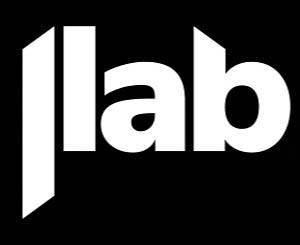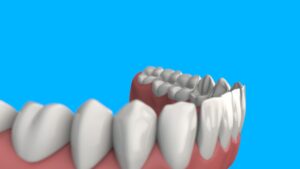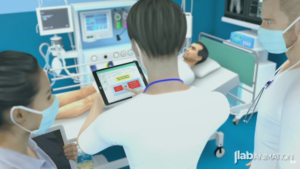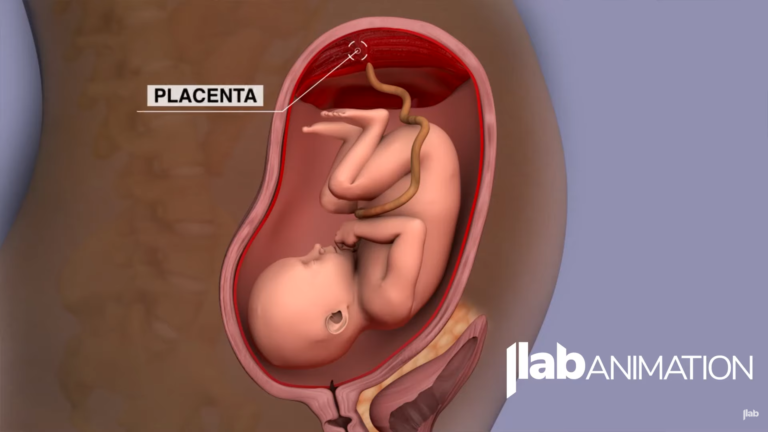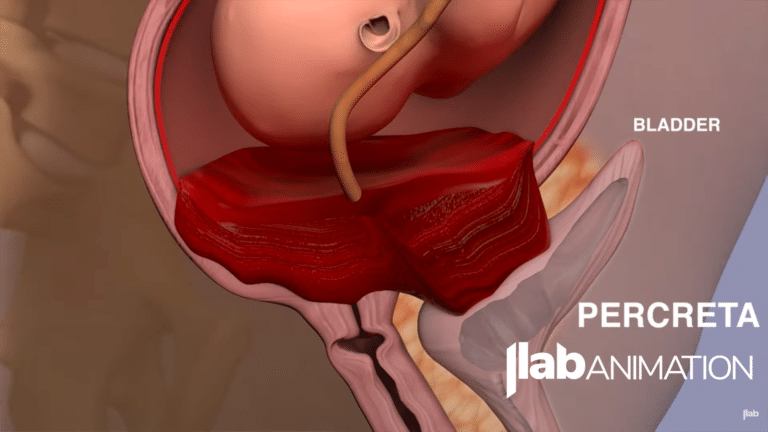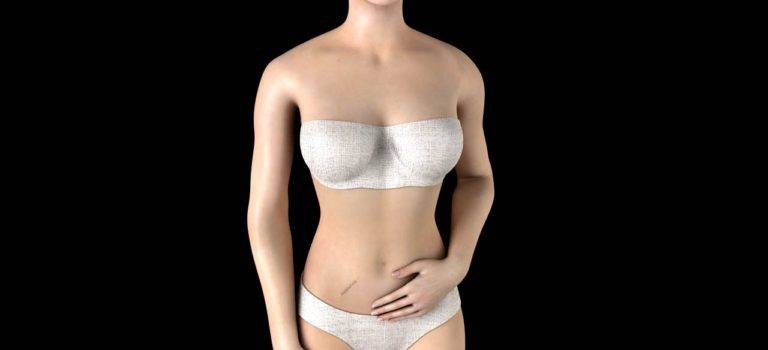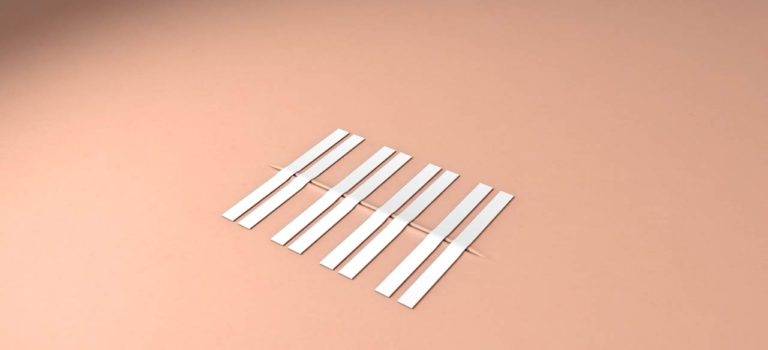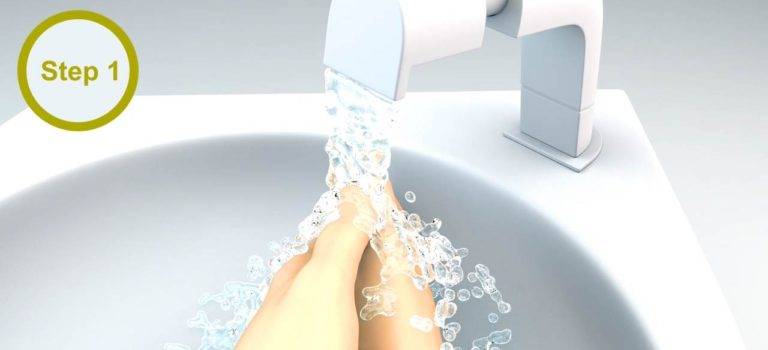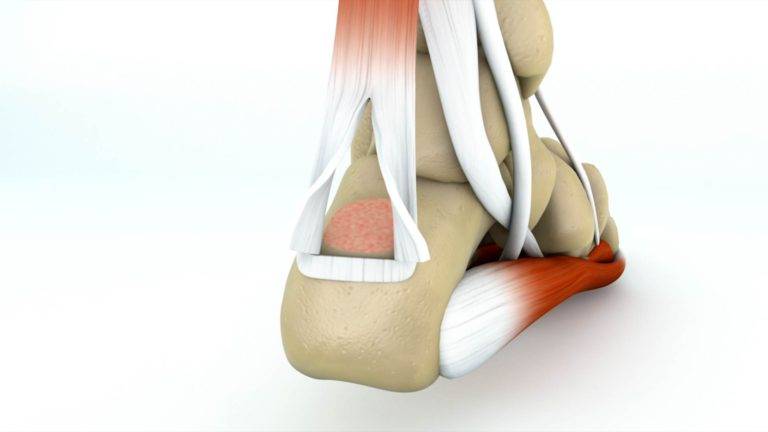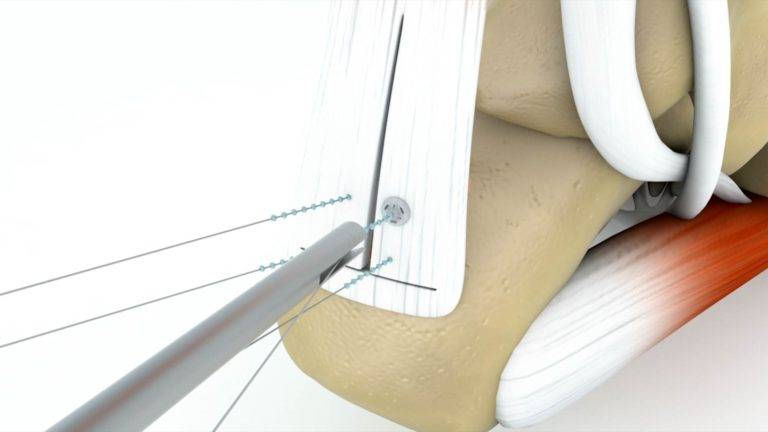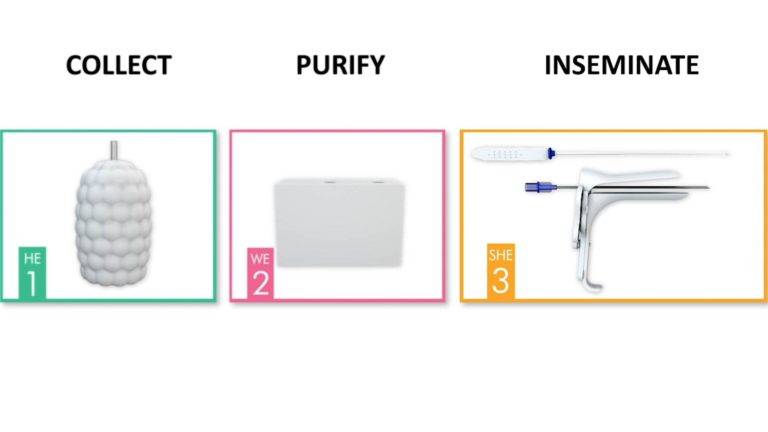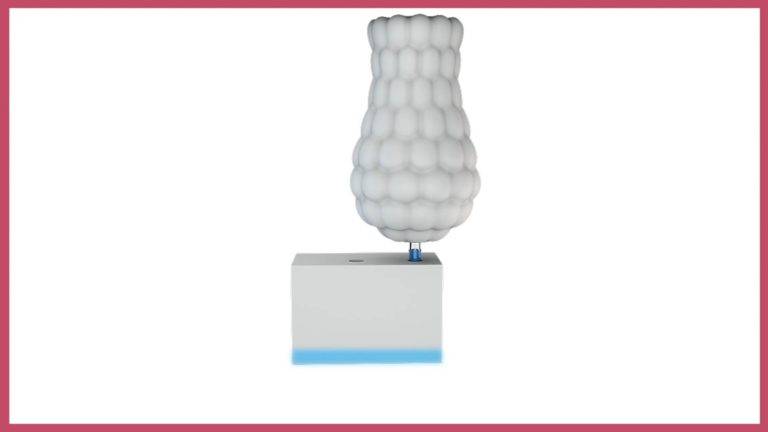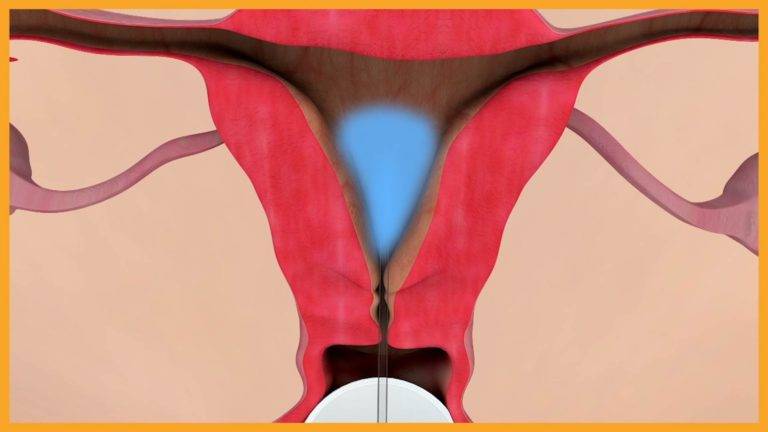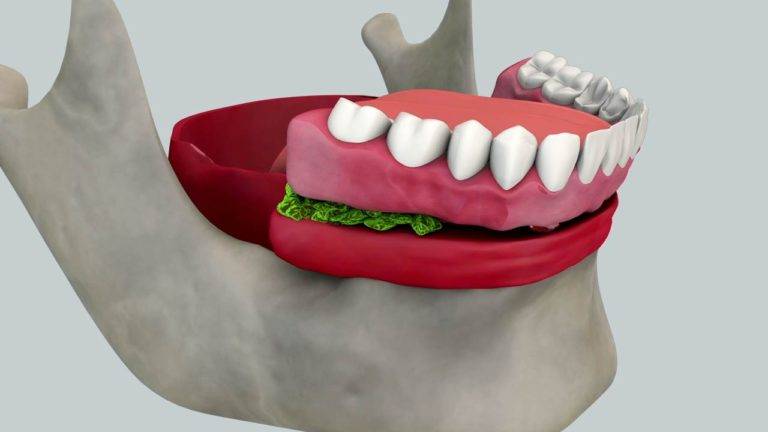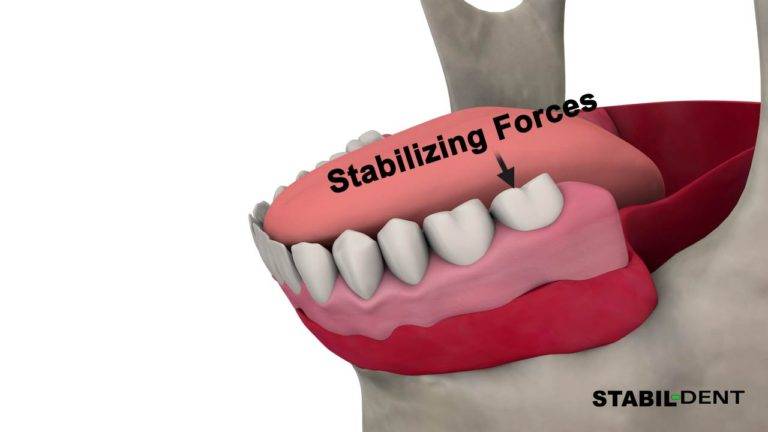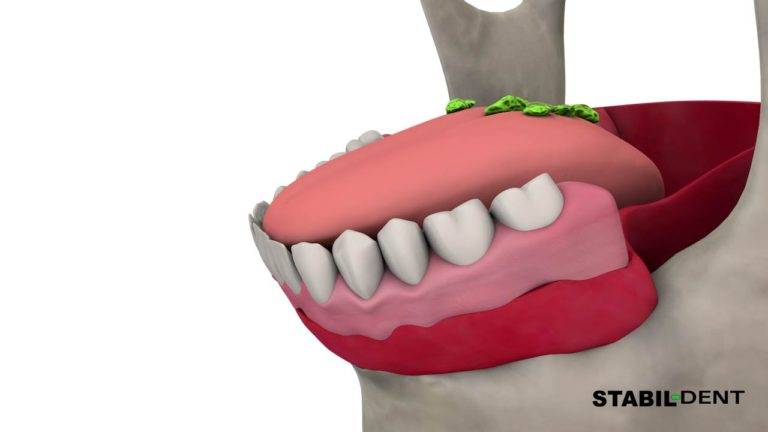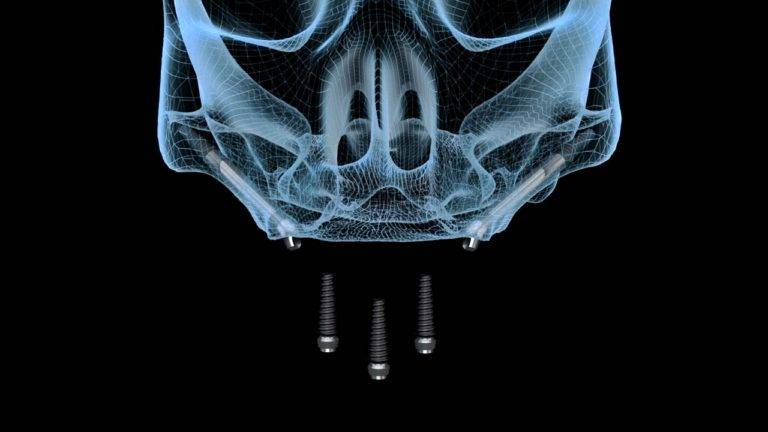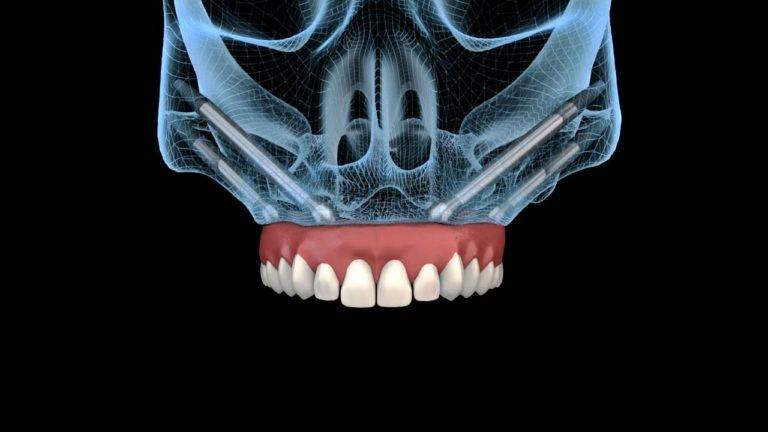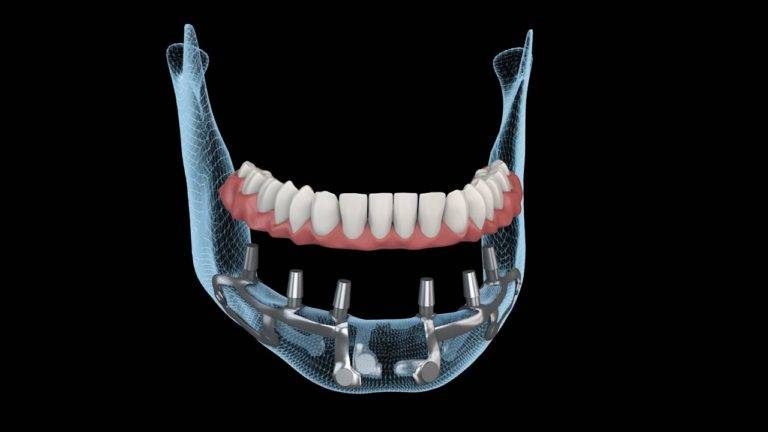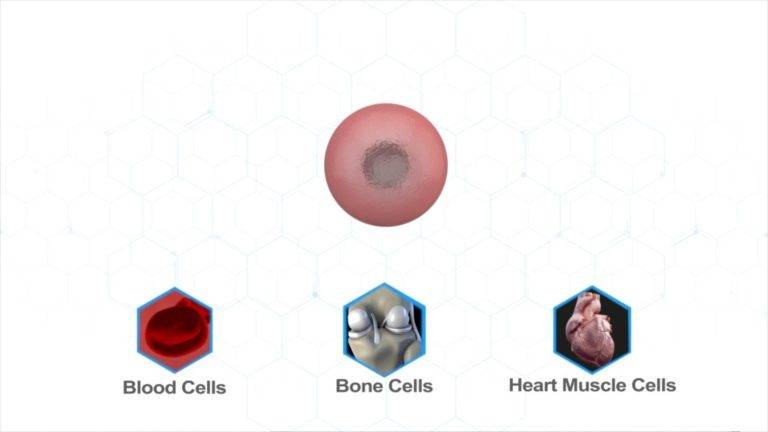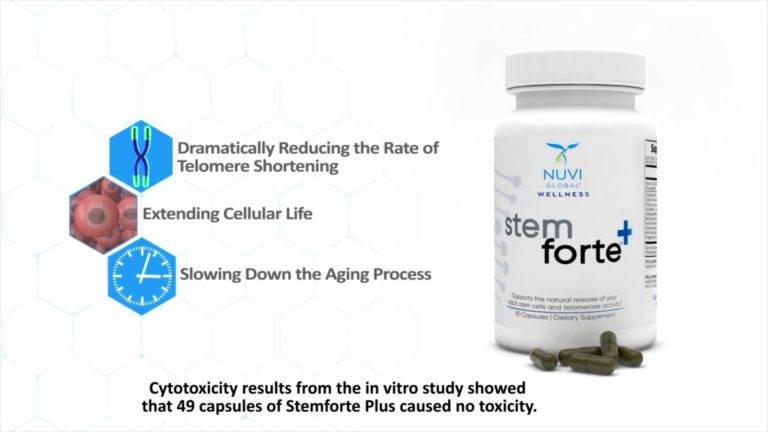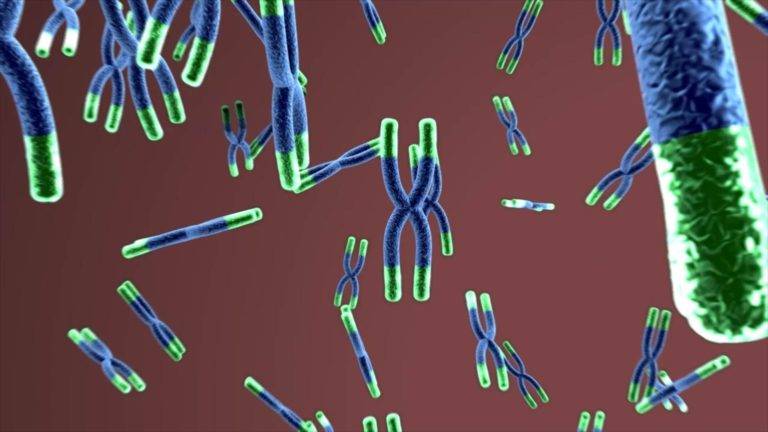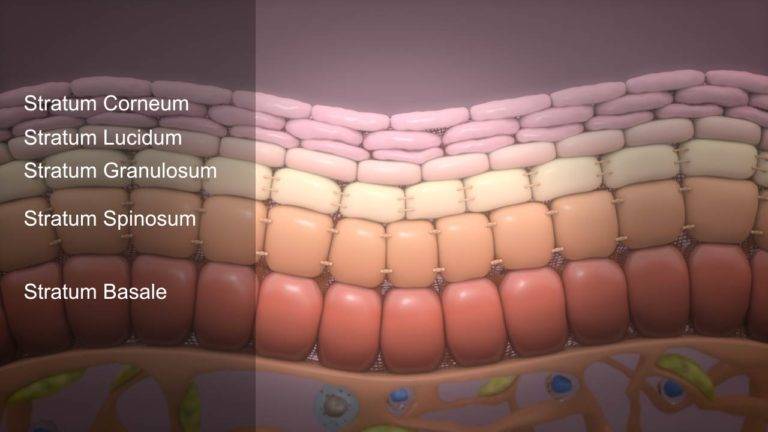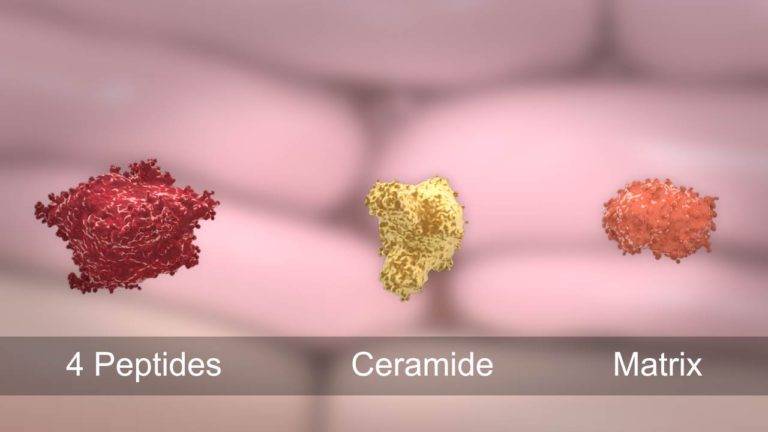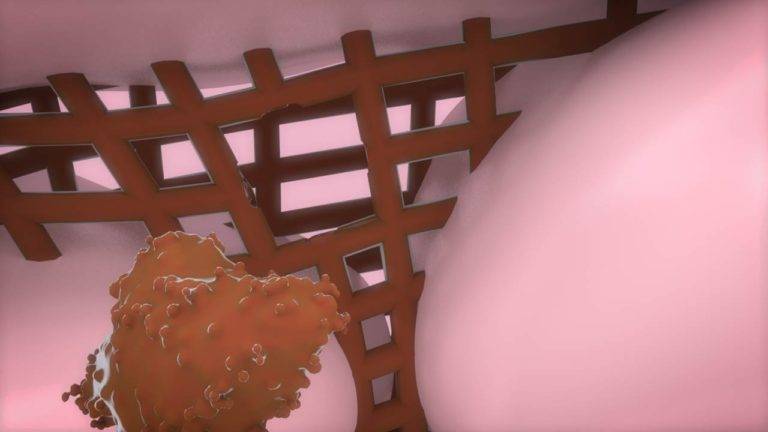The importance of 3D medical animation greatly increased during the covid pandemic. During the pandemic, medical professionals were able to understand that realistic specifications make it easier for patients to understand the problems they are facing and the treatments they will be getting. With the help of 3D medical animation, it became easier to convey the right information to the patients in the most effective way.
Before the pandemic 3D medical animation was in development and testing phase. However, during the pandemic, it helped healthcare professionals in many ways that its importance was recognized worldwide, and authorities started using them even for educational and marketing purposes. Some recent statistics show.
- 95% of healthcare professionals say that 3D medical animation improves user understanding of the services, treatment, or products.
- 83% of healthcare marketers claim that 3D medical animation marketing helped them generate more leads.
How 3D medical animation works?
A 3D medical animation is a short video produced using 3D computer graphics. It is commonly an educational film to educate people about a certain disease, treatment, vaccination, or medical procedure.
The 3D medical animation is simple and easy to understand, but medical professionals commonly use it as an instructional tool for their patients. Since the covid pandemic, professionals have been greatly using 3D medical animation so that patients can understand what is going on in their bodies and how it can be treated.
Contribution of Covid pandemic in use of 3D medical animation
The covid pandemic has greatly contributed to understanding and utilizing 3D medical animation for education and treatment purposes.
Here are a few ways professionals understood the importance of 3D medical animation during the pandemic.
1- Visualizing and understanding the complexities of diseases and human anatomy
During the pandemic, it was getting tough for professionals to make people understand how the virus is rapidly mutating into new variants, which are causing serious symptoms and other health problems.
Moreover, its interaction with the human body and its complexities was not easy to convey to the public in a simple way. The 3D medical animation helped a lot in this process.
- Professionals were able to create 3D medical animation on how simple cells in the human body mutate and the changes that they can cause. Similarly, they used the technology to explain the mutations of the coronavirus and its variants.
- 3D medical animation helped to display the exact structure of the virus and its mechanism of attachment with human cells, and how it spreads diseases. These animations can easily explain the processes that the naked eye cannot see.
- The animations made it easier to educate and train the medical staff for the pandemic more effectively and ensured that no errors would be made during the prevention and treatment of patients.
- Experts were able to depict the accurate visualization of the human process, which are hard to replicate in a 2D illustration, live action, or even photography. 3D medical animation changed how medical professionals explained diseases and treatments to patients and their staff members.
2- Providing better explanation to the public regarding symptoms
Every patient showed unique symptoms, reactions, and medical problems during the pandemic. It was hard to differentiate between the common cold, influenza, and coronavirus. The real challenge was how doctors could explain the testing process to the patients because it was invasive and painful for some.
- In this situation, 3D medical animation helped a lot. Medical professionals invested in creating animations to show the patients how the coronavirus test will be conducted.
- The animations explained the entire process to show that it is a simple testing process and there is slight irritation but no painful process involved.
- The animations showed what the medical staff would be doing during the testing process, and these were even shared on television and social media platforms.
This explanation of the testing process through animations removed various misconceptions and rumors that people had about the testing process. After this simple explanation, more people showed up to get tested, which helped in the early detection and treatment of viral disease.
3- Displaying importance of vaccination and communicating with customers
The real challenge was making people understand the importance of vaccinating against coronavirus. After the pandemic, various rumors were circulating worldwide regarding vaccinations that it has not been tested or will kill you.
It was getting harder for medical professionals to explain to people the importance of vaccination and how it can save their life.
Once again, 3D medical animation helped. No doubt, it was the patient’s choice whether they wanted to get vaccinated or not, but it was required to make them understand that vaccination is important not only for them but also for the people around them.
Through 3D medical animation, professionals could convey this essential message, and many people were convinced about the importance of vaccination.
4- Showcasing the latest discoveries, treatments, and technologies
Medical professionals, especially pharmacists, understand that 3D medical animation can give the public insights into the latest discoveries, treatments, and technologies.
Even when a certain medication is in the development stage, they can use 3D medical animation to spread awareness about its efficacy so that people will be more informed and will not resist using the medication as they did during the pandemic.
Therefore, it can be seen that after the pandemic use of 3D medical animation has greatly increased to explain procedures and treatments to patients and the public. It has helped to remove any type of confusion and increased the satisfaction rate of the patients as well.
By introducing new technologies and treatments through 3D medical animation, professionals have been able to get the public’s approval and trust.
Conclusion
We live in a time where new technology, invention, change, and information are introduced every day.
With 3D medical animation, we can help improve people’s lives and experiences.
The technology was introduced to explain treatments to patients, but now it is serving many other purposes in the medical field.

